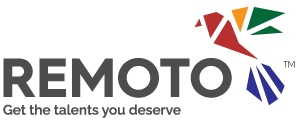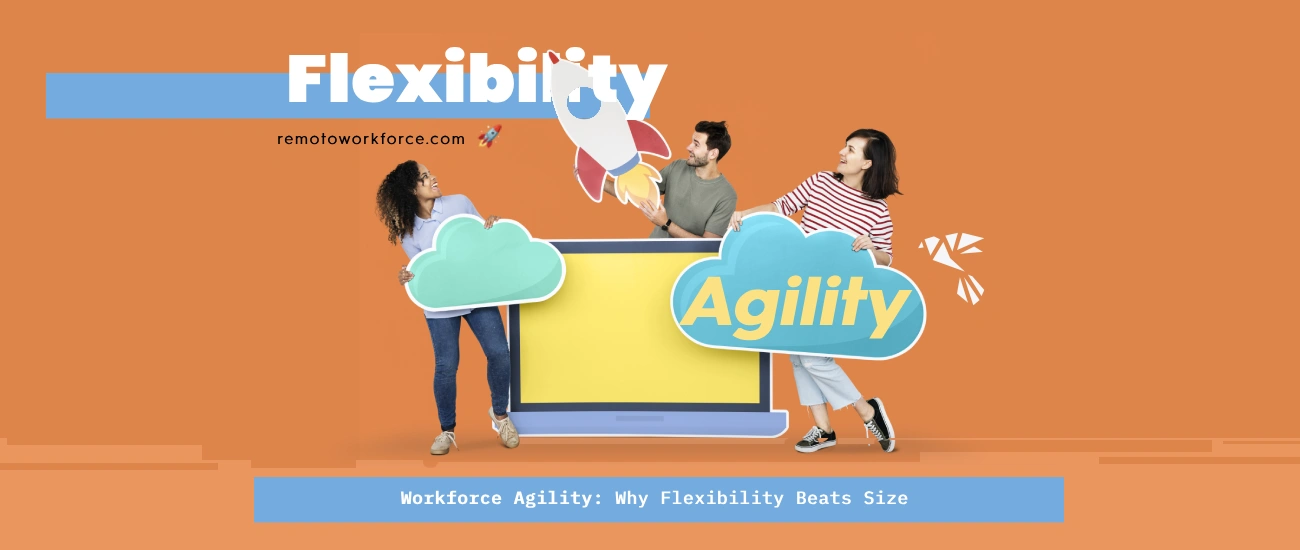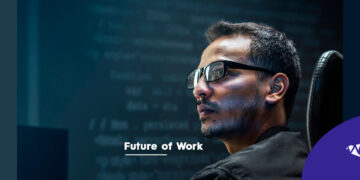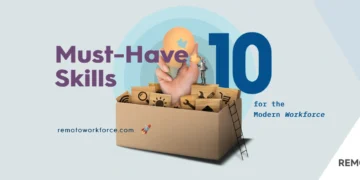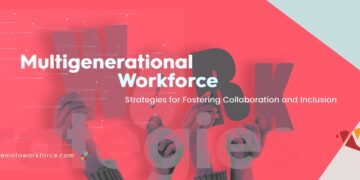For many years, business strength was measured by size. The more employees, the stronger the company. Headcount was seen as a sign of power, capacity, and global reach. However, technological change, economic uncertainty, and shifting consumer expectations have rewritten the rules. Today, flexibility matters more than scale.
Agility means being able to change quickly and efficiently. It means moving in the right direction without problems. Whether companies face a sudden drop in demand, a new compliance rule, or a shift in customer behavior, an agile workforce can recalibrate quickly and keep operations running smoothly.
This growing need for adaptability is pushing business leaders to rethink their approach to team building. Rather than adding more people, they are focusing on creating systems and cultures that allow their existing teams to do more with less, without burning out or falling behind.
In this blog post, we’ll analyze what workforce agility entails today.
Moving Fast Without Breaking Things
Speed has become a survival skill. Companies that respond faster to market shifts tend to outperform their competitors. However, speed without strategy is risky. That is why workforce agility matters. It helps businesses stay ahead while keeping quality and alignment intact.
A flexible workforce allows companies to respond to opportunities and threats without delay. This could mean scaling up to meet a sudden spike in demand or reallocating talent when a product roadmap changes. In contrast, rigid structures slow everything down, turning small problems into major disruptions.
The Rise of Adaptive Talent Networks
The concept of permanent teams working on static projects is becoming outdated. Business is no longer linear, and roles are no longer fixed. Instead of keeping talent locked into narrow functions, forward-thinking companies build networks of adaptable professionals who can contribute across projects and departments in different ways.
These adaptive networks allow leaders to shift talent dynamically. For example, marketers join forces with designers when a campaign needs more creative input. When a product needs technical refinement, developers and data analysts collaborate in real time. The focus shifts from managing job descriptions to managing outcomes.
Technology plays a key role in this evolution. Internal talent marketplaces, skills management platforms, and AI-powered workforce planning tools are making it easier to match the right people to the right work. Instead of staffing based on what teams are called, companies staff based on what the work requires.
Flexible Teams Create Loyal Employees
Contrary to what some leaders believe, flexibility is not just good for companies. It’s essential for retaining great people. Employees are no longer satisfied with static roles and rigid schedules. They want autonomy, purpose, and a chance to grow within the business.
Flexible work environments allow team members to explore new responsibilities, switch projects, or shift locations when personal needs change. This creates a culture of trust and mutual respect. People feel valued when they are allowed to bring their full selves to work and adapt to their roles over time.
Moreover, when companies give employees room to move, they reduce the risk of burnout. Agility provides natural breaks between tasks and helps distribute workloads more effectively. In a flexible system, team members are not trapped in cycles of repetition. They are constantly learning, developing, and contributing in fresh ways.
The Shift Toward Outcome-Based Hiring
To support an agile workforce, companies must rethink how they hire. Traditional hiring models focus on filling specific roles with fixed skill sets. However, modern work requires people who can adapt, learn quickly, and operate across functions. This means hiring based on outcomes, not just resumes.
Outcome-based hiring starts with identifying the goals a company wants to achieve. Once those goals are clear, recruiters can look for candidates who have solved similar problems before, regardless of their jobs. Soft skills such as adaptability, communication, and creative problem-solving become just as important as technical expertise.
Agility as a Strategic Advantage
In unpredictable environments, companies that can shift quickly will always hold the upper hand. Agility helps businesses seize new opportunities, avoid unnecessary risk, and deliver value faster than competitors. It provides a path forward even when conditions are uncertain or chaotic.
Being agile also builds long-term resilience. When teams know how to adjust, they recover faster from setbacks. They treat change as an opportunity rather than a threat. This mindset is essential for navigating today’s challenges, from global supply chain disruptions to sudden changes in customer expectations.
Agility also allows companies to stay relevant. As business models evolve and industries change, those that fail to adjust often fall behind. In contrast, businesses that embrace flexibility stay fresh, inventive, and aligned with the future.
Building Your Own Agile Workforce
Creating a more agile workforce is not an overnight fix. It requires a cultural shift as well as structural changes in how companies think about talent. Here are a few foundational steps to consider:
First, assess your current team structure. Are roles too rigid? Are you relying too heavily on full-time hires for projects that require fast, temporary input? Look for areas where flexibility can replace formality.
Next, invest in systems that enable adaptability. This might include upskilling programs, internal mobility platforms, or partnerships with talent networks. The goal is to create a responsive environment where people can move and grow.
Finally, lead with transparency and trust. Employees will only embrace change if they feel supported and informed. Create a culture where experimentation is encouraged, feedback is welcomed, and success is measured by impact rather than activity.
Flexibility Wins the Long Game
Size might help companies make a big impression, but it’s flexibility that keeps them in the game. Agile businesses can shift strategies, reconfigure teams, and respond to change without hesitation. They build trust with customers, empower employees, and lead innovation in their industries.
If your current workforce model feels too slow, too heavy, or too fragile, it might be time to shift toward a more agile approach. The future of work is not bigger. It’s smarter, faster, and more flexible.
Let’s talk about how to build a workforce that keeps up with your goals. Our team helps companies design flexible staffing strategies, tap into global talent pools, and stay competitive in a world that never stands still.
